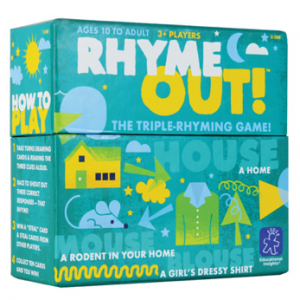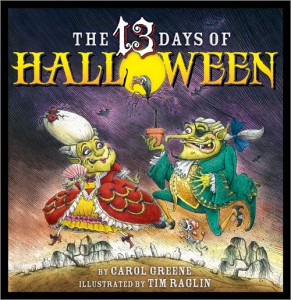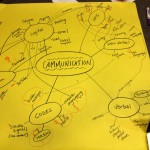Have you heard that expression before? I have said it a million times, mainly referring to my lack of energy, but over winter break, I experienced “running on empty” first hand.
About two months ago, I noticed that the heater in my van wasn’t producing much heat. As you can imagine, it was a little chilly driving during the days with low temperatures! I drive a 2003 minivan and we found ourselves having to repair quite a few things this past year including the starter and transmission. We’ve been talking about trading the van in and buying a new or used one to replace it, but our van is paid for and it’s nice not having a car payment. The heater completely stopped working a couple weeks ago and we figured the repairs would cost us at least three hundred dollars. With the holidays approaching, I did not want to spend the money so I bundled up and kept driving.
Two days ago, my husband suggested taking my van to a shop he discovered. I was hesitant because we still didn’t have the money for repairs, but I took it in anyway. After 15 minutes of checking it over, the technician came in and told me that my heater was working like a charm! He added a gallon-and-a-half of antifreeze and told me it would cost $12.83! Can you believe it? I was literally running on empty! Needless to say, I’m happy that my heater is working and that I might be able to drive my van just a little bit longer.
Have you ever had a similar experience? Have you ever tried fixing or repairing something old? Tell me about it by leaving a comment!









